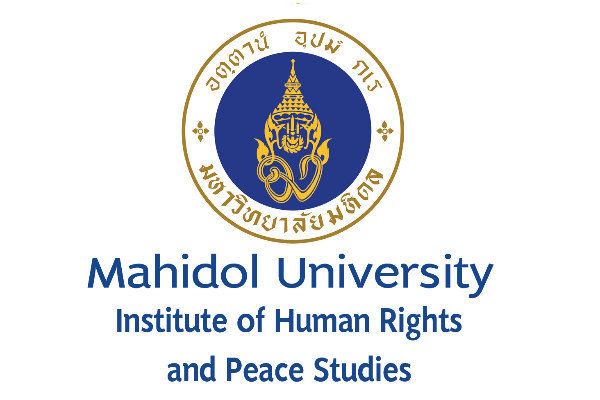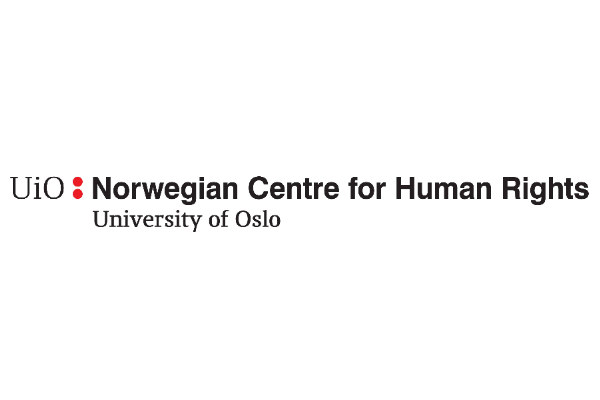Rashid Ating
Researcher at Social Wellbeing Research Centre, Faculty of Economics and Administration, University of Malaya, Kuala Lumpur. This piece of work strictly represents the author’s personal view, and is not made on behalf of any institution or organization. The author can be reached through his e-mail: rashid_ating@um.edu.my
 With Covid-19 virus infections still rising, governments throughout the world are still scrambling to adapt to and adopt conditions leading to a new normal in their countries. The education sector is one that has been most impacted by the pandemic. To overcome this, the education sector in Malaysia has opted for the approach of online learning or e-learning with technology and devices as a mediator of communication to replace face-to-face learning. This is currently the most popular alternative solution to contain the spread of Covid-19.
With Covid-19 virus infections still rising, governments throughout the world are still scrambling to adapt to and adopt conditions leading to a new normal in their countries. The education sector is one that has been most impacted by the pandemic. To overcome this, the education sector in Malaysia has opted for the approach of online learning or e-learning with technology and devices as a mediator of communication to replace face-to-face learning. This is currently the most popular alternative solution to contain the spread of Covid-19.
Article 28 of the Convention on the Rights of the Child states that every child is entitled to receive a compulsory primary education. Malaysia has amended the Education Act, 1996 (Act 550), and has called for compulsory primary education for 6 years to Malaysian citizens between 6 to 12 years old. Considered as a second-tier industrialized country in Southeast Asia, Malaysia recorded a literacy rate of around 94.64 per cent in 2017 (New Straits Times, 2017) and this number surged to 96.85 per cent in the last year (UNESCO, 2020). These figures display that Malaysia’s population has low illiteracy that is less than 10 per cent for the entire population above 15 years old. The literacy rate among those who are 65 years and above is at 75.6 per cent (UNESCO, 2020). Even with a higher literacy rate among its citizens, Malaysia still faces some constraints with the e-learning approach. It has not been fully legalised like in more developed countries. Hence, the related ministries have not been taking these matters seriously, leading to poor planning and implementation. At the same time, e-learning has not been fully inclusive, caused by a fragile foundation of the current education system that lags behind its neighbour country, Singapore (malaysiakini, 2020). These problems have triggered a new phenomenon called the “digital divide” among countries around the globe that has been further exacerbated as urban schools get more benefits and internet access compared with sub-urban schools (New Straits Times, 2020a).
For Malaysians, most regions have access to Internet and most citizens are technology literate, which can defined as having the basic knowledge of handling mechanical gadgets such as a desktop, laptop and so forth (IGI Global, 2020). In terms of literacy in technology, 90.1 per cent of the Malaysian population is technology literate. Higher literacy in technology is caused by several factors such as internet penetration (Malaysia was the second best across South East Asia) (CNA, 2020); development of e-commerce industry (J.P Morgan, 2020); providing technology as a perquisite for academic needs (Shariman, Razak, & Noor, 2012); and other related factors. The access to Internet in different states in Malaysia is not the same, as some remote areas such as Pahang, Kelantan, Sabah and Sarawak do not have adequate Internet access. Among the many reasons are the low technology literacy, lifestyle, and the inaccessible location. However, even with this condition where some locations are inaccessible for internet network providers to reach, a study exhibits that for both urban and rural areas there is 92.2 per cent and 81.5 per cent technology literacy respectively (DOSM, 2019).
As a response to the “new normal” in Malaysia, new alternatives need to devised to cope with the new environments such as propagating mass promotion of e-learning to society. It is a fact that this approach is relatively new for the society and it will take some time and effort to get used to it before it becomes a norm. Under this new norm, parental expenditure inclined more towards electronic devices as a medium for home-based learning as reiterated by government. During this moment, online learning can assist to ensure the continuity of studying. Through this unprecedented situation, numerous applications for education purposes have been introduced as a solution for these matters such as Google Classroom, Google Hangouts, Google Meet, Cisco Webex, Microsoft Teams and the most popular application Zoom (New Straits Times, 2020b). At the same time, there is a category of people that is unable to afford the instruments needed for e-learning such as computers, printers, broadband network and even a handphone. To cater to certain households’ incapability to purchase these gadgets, the government introduced Kelas@Rumah, a daily television show that is available on a free-to-view television channel. In addition, the Malaysia government also took some initiative to provide 1GB free internet through selected telco companies throughout the Movement Control Order. As Malaysia moves towards a recovery curve, more research needs to be done on issues related to e-learning, as it has now become necessary to facilitate the teaching sessions during this outbreak.
The pandemic is expected to endure for some years. This unprecedented phenomenon that hit all the countries in the world brings many possibilities for the implementation of a new normal for the human life. The education sector is also not exempted from this. As the world embraces and moves towards the Industrial Revolution 4.0 (IR4.0), more technology is being used in the daily life to suit the needs of families due to lockdown that subsequently caused the closure of education institutions. By looking at the needs and demands in the upcoming year, this is the right time for the whole world to shift to another phase of human civilization by implementing technology in daily life.
References:
CNA, (2020). “Commentary: E-learning sees no smooth sailing in Malaysia and Indonesia”, https://www.channelnewsasia.com/news/international, on June 18, 2020.
DOSM, (2019). “ICT USE AND ACCESS BY INDIVIDUALS AND HOUSEHOLDS SURVEY REPORT: 2019”, access from, https://newss.statistics.gov.my/newss-portalx/ep/epFreeDownloadContentSearch.seam?cid=15517, on June 8, 2020.
IGI Global, (1988-2020), https://www.igi-global.com/dictionary/technology-illiteracy/29517, on June 18, 2020.
J.P. Morgan Chase Site, (2020). “E-commerce Payments Trends: Malaysia”, https://www.jpmorgan.com/europe/merchant-services/insights/reports/malaysia, on June 18, 2020.
malaysiakini, (2020). “Buildings without foundations – Malaysia’s education system”, https://www.malaysiakini.com/letters/505992, on June 18, 2020.
New Straits Times, (2017). “M’sia’s literacy rate is almost 95%, not 55%: National Library”, access from, https://www.nst.com.my/news/nation/2017/05/236676/msias-literacy-rate-almost-95-not-55-national-library on May 5, 2017.
New Straits Times, (2020a). “Readiness for continuity in online learning”, access from,
https://www.nst.com.my/education/2020/04/584436/readiness-continuity-online-learning, on June 8, 2020.
New Straits Times, (2020b). “Ensure no kid is left out in e-learning”, https://www.nst.com.my/news/nation/2020/04/583560/ensure-no-kid-left-out-e-learning, on June 18, 2020.
Shariman, T. P. N. T., Razak, N. A., & Noor, N. F. M. (2012). Digital literacy competence for academic needs: An analysis of Malaysian students in three universities. Procedia-Social and Behavioral Sciences, 69(1), 1489-1496.
UNESCO, (2020). “Malaysia: Literacy Rate”, access from, http://uis.unesco.org/en/country/my, on June 8, 2020.











